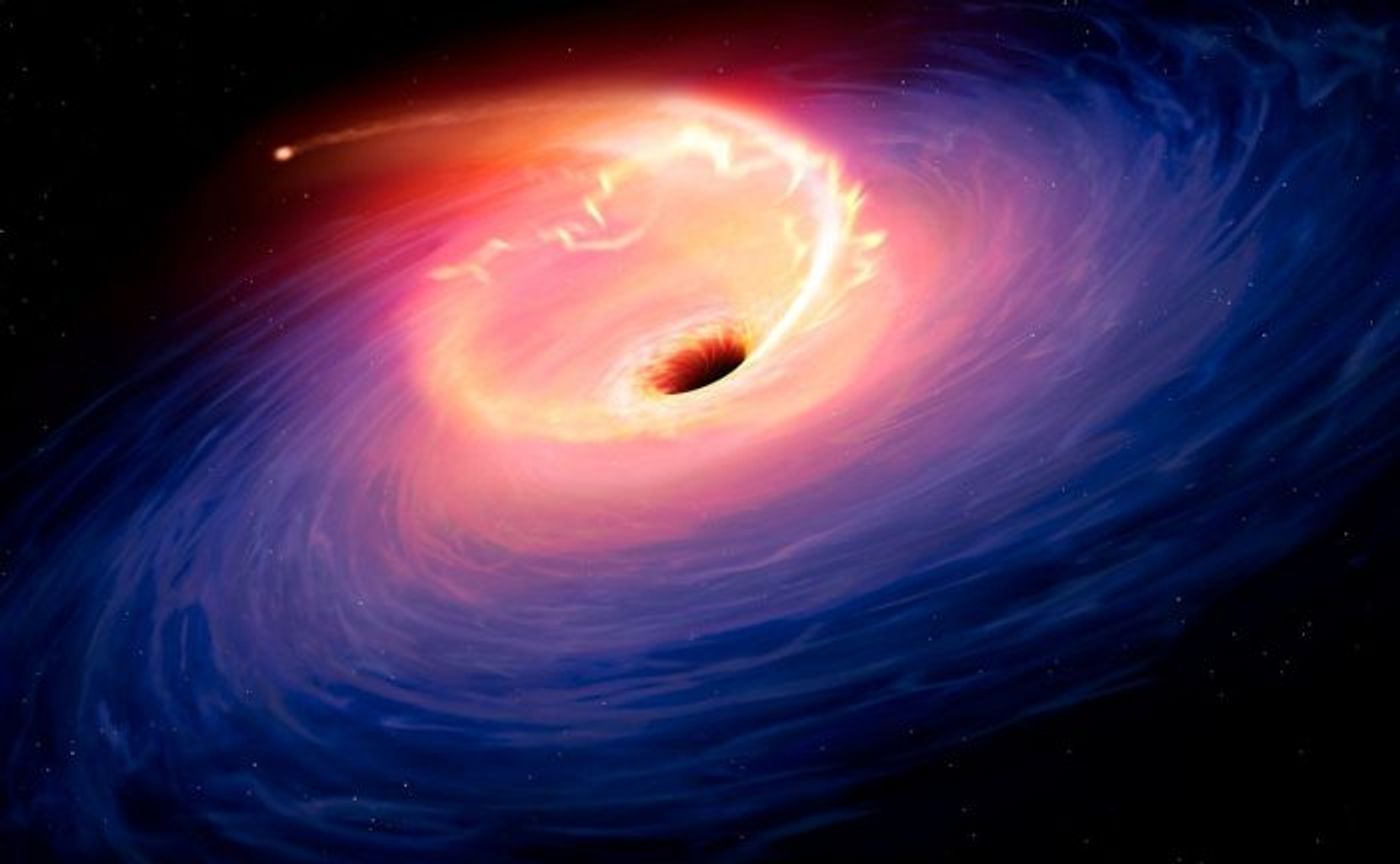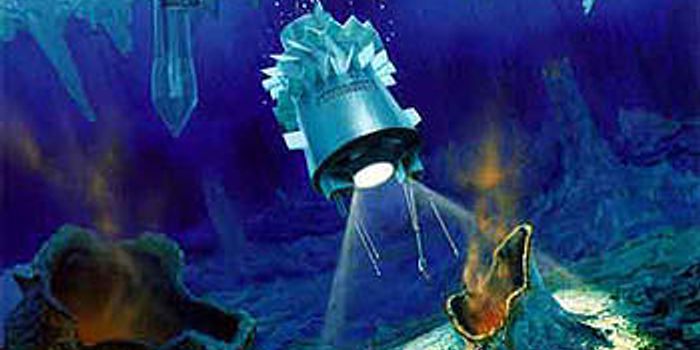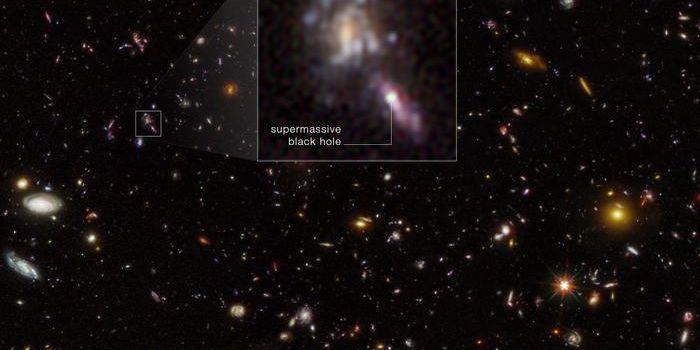Stars Are Devoured by Black Holes More Often Than Previously Thought
Black holes are incredibly unique and misunderstood entities of nature. Their gravitational forces are extremely powerful; so much so that even light can’t escape its overbearing grasp. From time to time, stars wander too close to them get devoured by those very same forces.
On the other hand, the process of black holes swallowing stars, also known as Tidal Disruption Events (TDEs), has always been considered a rare situation, but new research indicates that it could be be 100 times more common than it was given credit for previously.
Image Credit: Mark Garlick
A new study appearing in Nature Astronomy gives more insight into the matter, as researchers from The University of Sheffield took the time to survey 15 different galaxies, and each and every one of these is reportedly undergoing a collision with a neighboring galaxy.
“Our surprising findings show that the rate of TDEs dramatically increases when galaxies collide,” said study co-author Dr James Mullaney. “This is likely due to the fact that the collisions lead to large numbers of stars being formed close to the central supermassive black holes in the two galaxies as they merge together.”
Since the common belief is that supermassive black holes exist at the center of almost every large galaxy, it would make sense for central supermassive black holes to snack on the stars of the galaxy they’re colliding with because they’ll inevitably come into contact with one another.
We can only observe active black holes once a star has starts getting devoured, as the black hole emits very high-energy and luminous flares from either side when this happens. These luminous flares can be billions of times brighter than stars and are visible from our space telescopes even at an extreme distance.
In this particular study, the researchers referred to sample data that was collected in both 2005 and 2015, and they note how the data from one of the 15 galaxies, dubbed F01004-2237, was very different ten years later. To find out more, they studied the Catalina Sky Survey and found that there was a very luminous flare in 2010 that matched the actions we’d expect from a TDE.
The data reveals how colliding galaxies perhaps undergo TDEs and has implications for our current understanding of their frequency. It seems that TDEs don’t just occur when black holes wander around and eventually find a star to munch on, but they can also occur during galaxy mergers, which are far more common than wandering black holes.
With that said, it can be implied that TDEs might be far more common than we originally thought and we just weren’t looking in the right places at the right times. The study also paints a luminous future for the Milky Way when it inevitably clashes with its closest galactic neighbor in the distant future.
“Based on our results for F01004-2237, we expect that TDE events will become common in our own Milky Way galaxy when it eventually merges with the neighboring Andromeda galaxy in about 5 billion years,” lead author Clive Tadhunter said.
Source: The University of Sheffield









